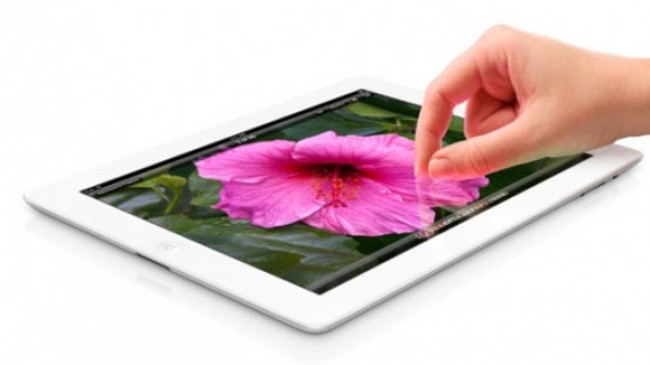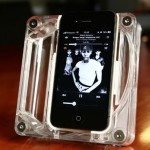Five years ago, launching a decent streaming platform took millions. Now? A teenager with a laptop can build something that reaches millions. That shift…
iPad 4 hands-on review: it’s new and it’s faster

he new iPad 4 looks nearly the same as the third-gen iPad that it’s totally replacing in the lineup – it has the Lightning connector that debuted with theiPhone 5, and it’s of course faster.

- Are you wondering what the iPad rival to the Nexus 7 or Kindle Fire HD is like? Check our hands on: iPad mini review to find out!
In our hands-on, the 9.7-inch screen looked just as bright and bold as always, because it’s … well … the same screen.
Apple loves to tout display tech improvements, since having top-notch screens is one of the key benefits of all of Apple’s gear, from the iPod touch all the way up to the Retina MacBook Pros. So it’s safe to bet the new iPad 4 screen is the same on the third-gen iPad that came out in March of this year.
It’s got a 2048×1536 resolution, at 264 pixels per inch, and IPS technology makes it easy to see from wide angles. You can hold this new iPad nearly flat before the display becomes hard to see.


The front and rear cameras on the new iPad are the same as before, but the A6X chip has improved the image signal processing, adding support for facial recognition and image stabilization. We couldn’t test this camera side-by-side against an iPad 3’s, but the facial recognition worked as it should on the iPad 4, automatically finding faces as we composed our shots and keeping them in focus.
The Lightning port, if you haven’t seen it on the iPhone 5 yet, is laughingly slim compared to the honking 30-pin port it replaces. A Lightning connector is tiny but feels sturdy, and can be inserted either way. So you never find yourself trying to shove it in the wrong way, and you never feel the metal-on-metal crunch of pins when connecting.
It clicks into place smoothly and is held by tiny clips, strong enough to support the new iPad’s weight.

For connecting cameras, the Lightning to USB Camera Adapter and Lightning to SD Card Camera Reader are sold separately for $29 each – you used to get both in one $29 package for 30-pin iPads, the iPad Camera Connection Kit. Finally, if you want to use your old 30-pin cables to charge and sync your iPad 4, the Lightning to 30-pin adapter is $29.
The other upgrade is the wireless connectivity, and it seems minor but should make a considerable difference. All the iPads get dual-band 802.11n Wi-Fi, using the 2.4GHz and 5GHz bands for less interference for other devices without losing any range.
Plus, since the new iPad 4 can use both channels at once, you can get theoretical speeds of up to 150Mbps – faster than most Wi-Fi networks you’ll encounter anyway.
Apple has previously rolled this out to the iPhone 5 and fifth generation iPod touch. In our hands-on with a Wi-Fi-only iPad 4, we noticed zippy page loads, and videos streamed on Vimeo.com played smoothly with no buffering. But we didn’t get to test exact speeds.
Optional LTE networking was added in the last generation, and it’s still available in this iPad, and supported by more carriers, especially outside the U.S.
The full list includes AT&T, Sprint, Verizon, Duetsche Telekom, EE, Rogers, Fido, Bell, Telus, Telstra, Koodo Mobile, SingTel, SmarTone, KT, SK Telecom, KDDI, StarHub, SoftBank, Optus, Virgin Mobile, and Hong Kong Telecom.
Since the iPad 4 didn’t change size or shape – only the Lightning connector is different – it should have the same 42.5 watt-hour battery as the previous iPad, and Apple says it’ll get the same 10 hours of battery life.

New iPad 4 release date
Like the iPad mini, the new iPad 4 can be ordered on Oct 26 for delivery on Nov 2. And, 4G-enabled models will ship a few weeks later at the end of November.
Early verdict

However, if you’re still using an iPad 2 or an original iPad, it’s a significant step up, and still brings all the same Apple bells, whistles and whizzbangwhoosh that most have come to expect from the Cupertino’s most popular tablet.
This article originally appeared on Techradar and was published with permission.

